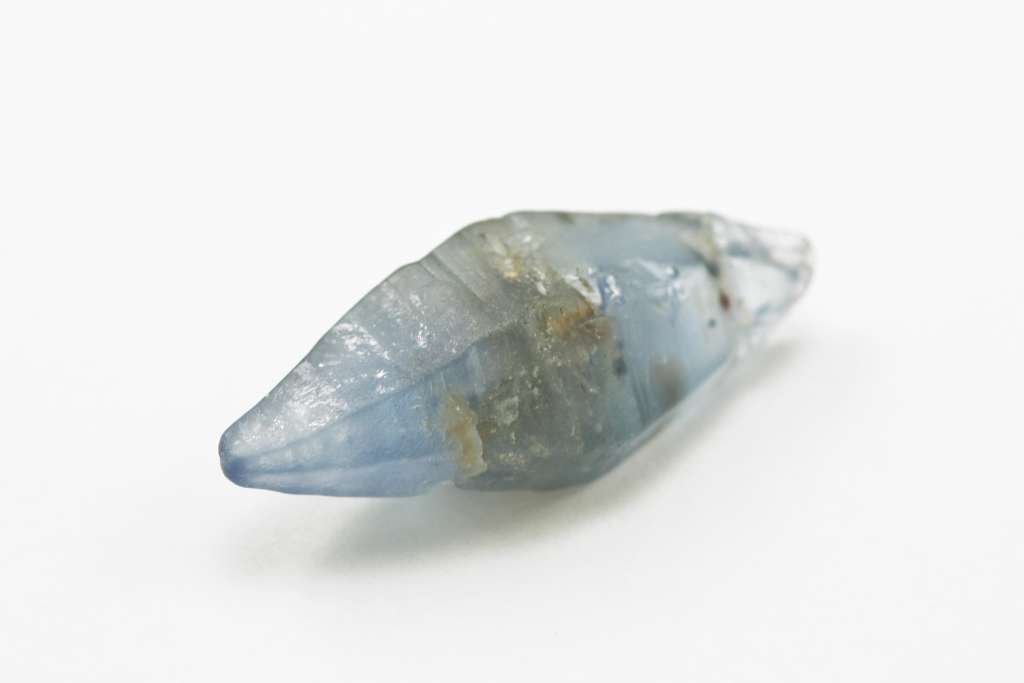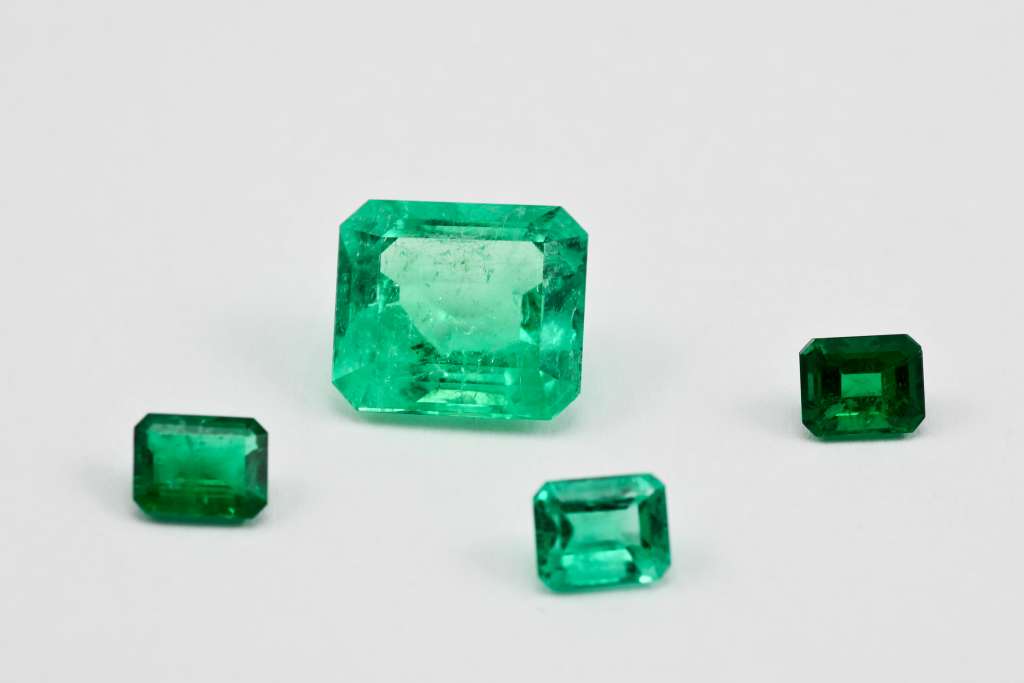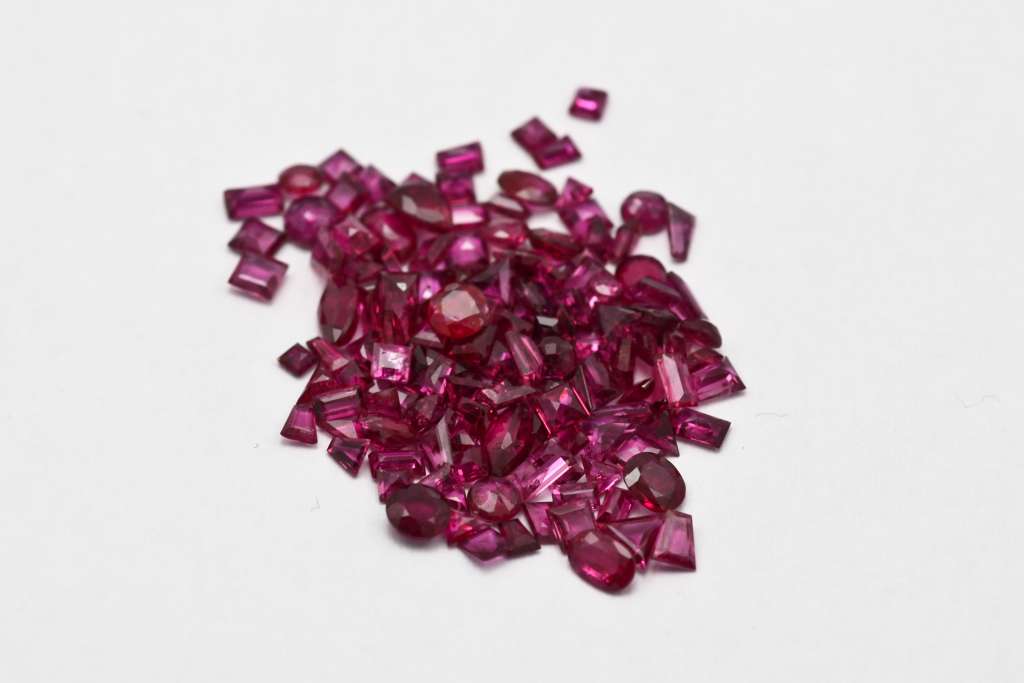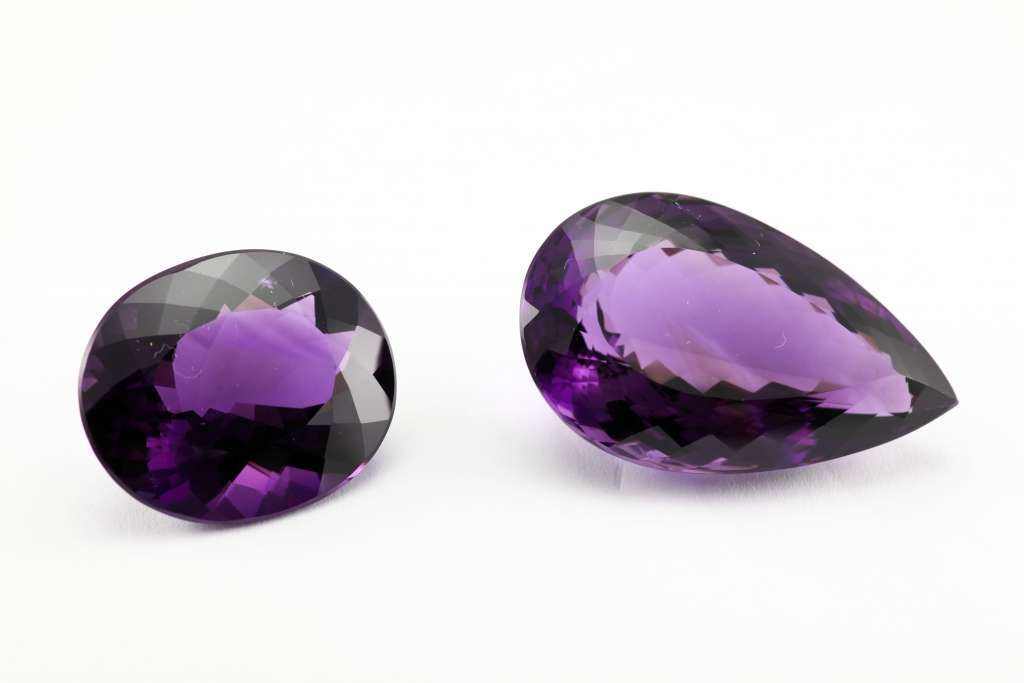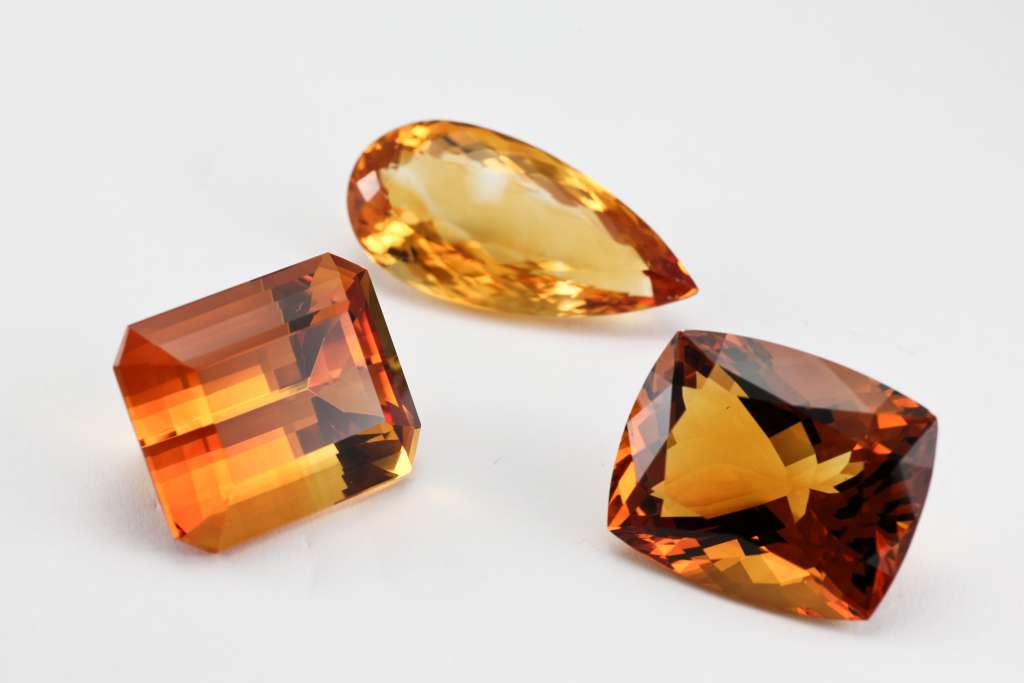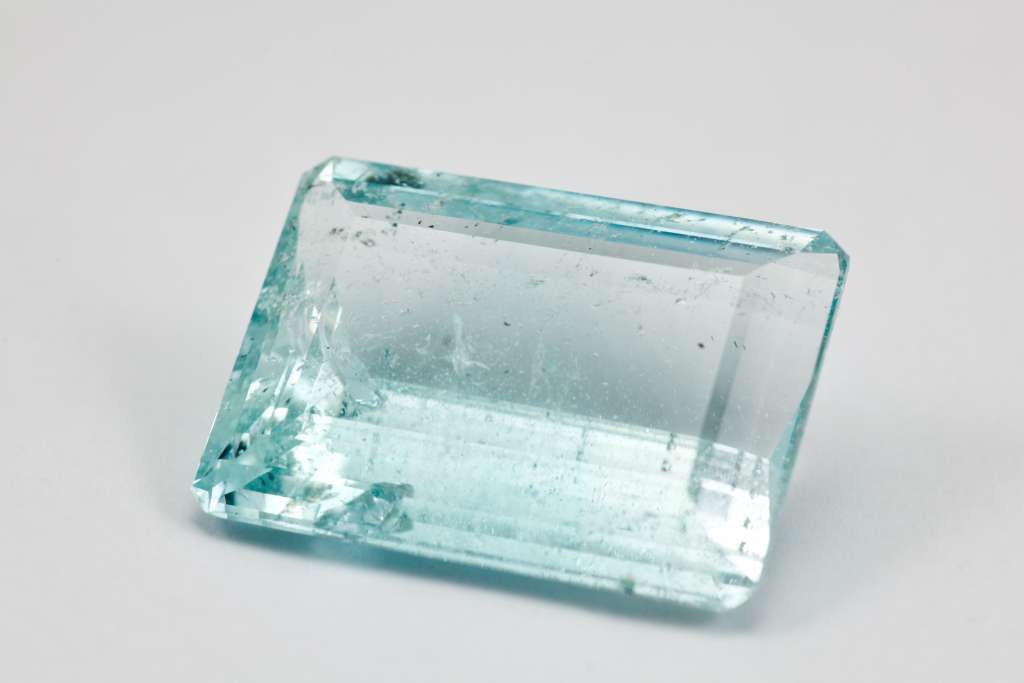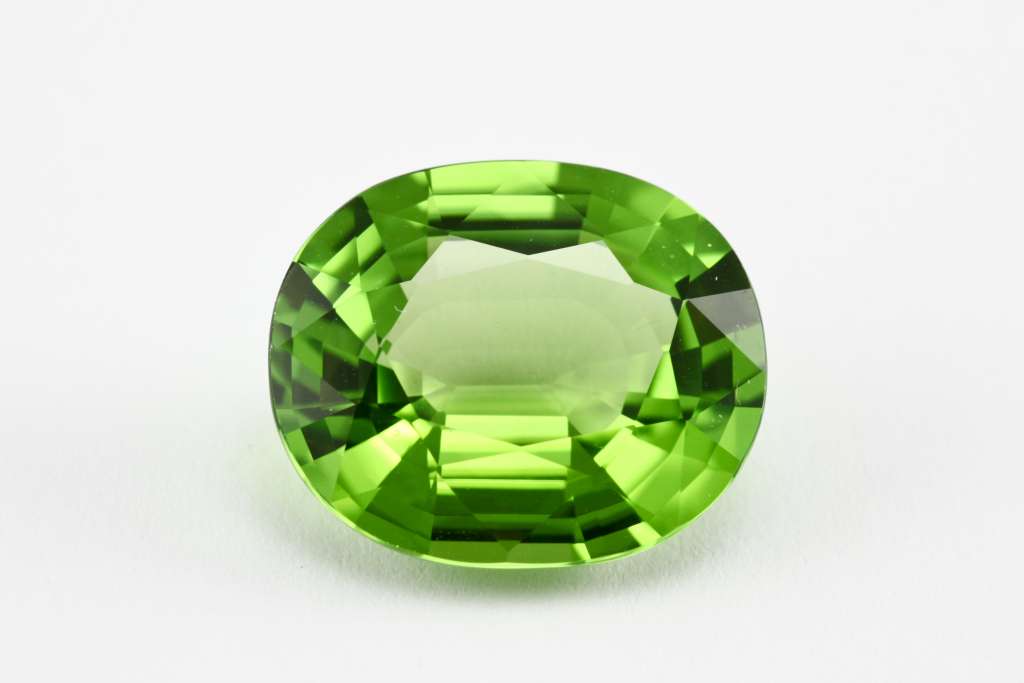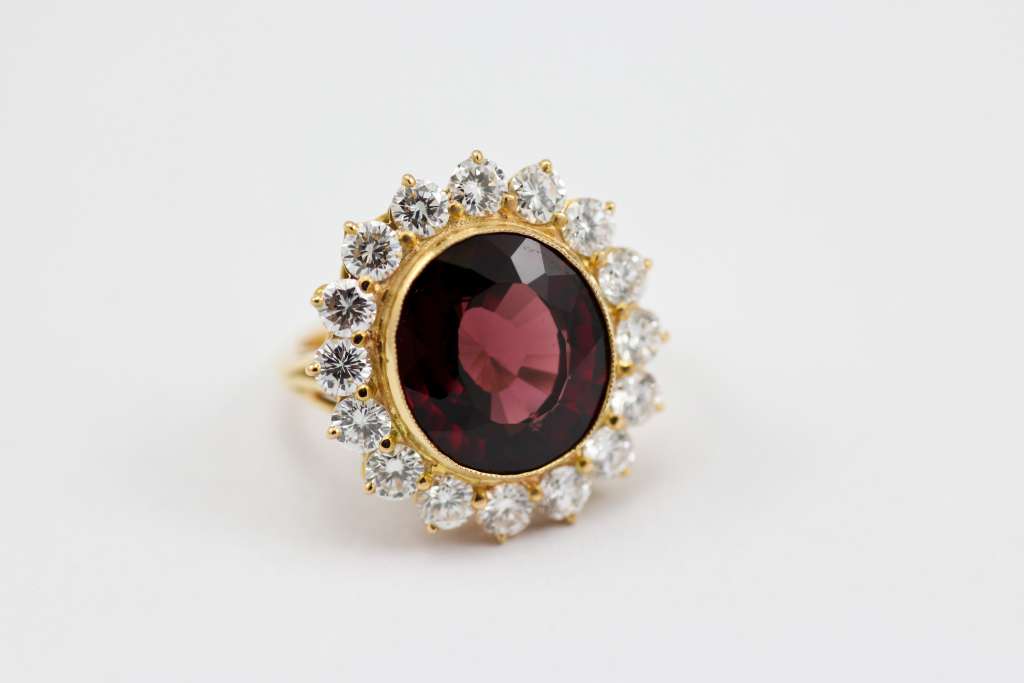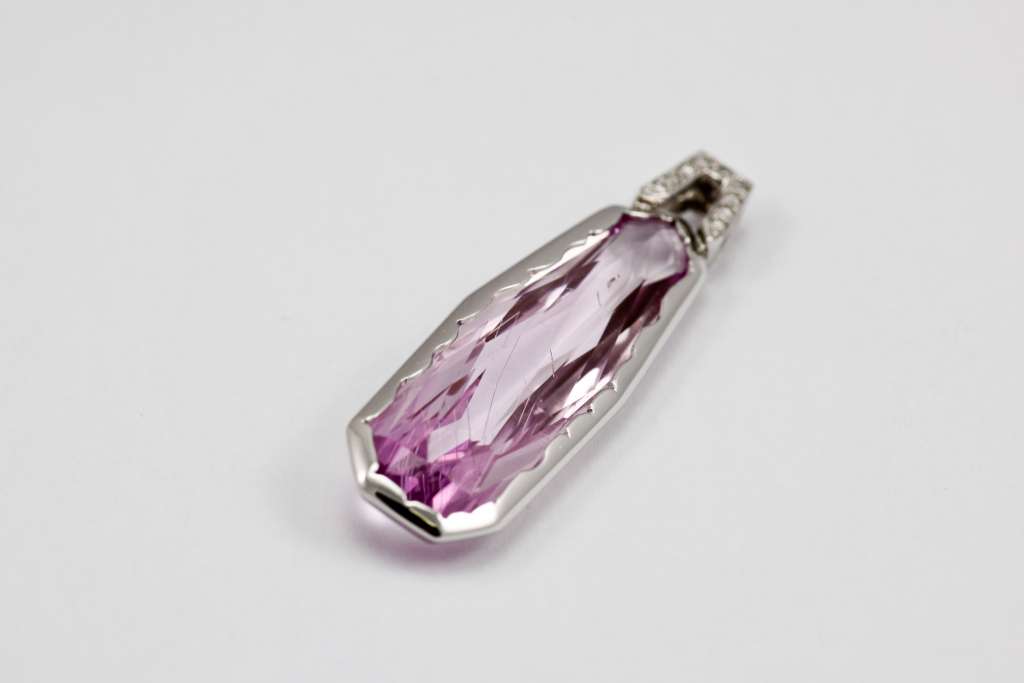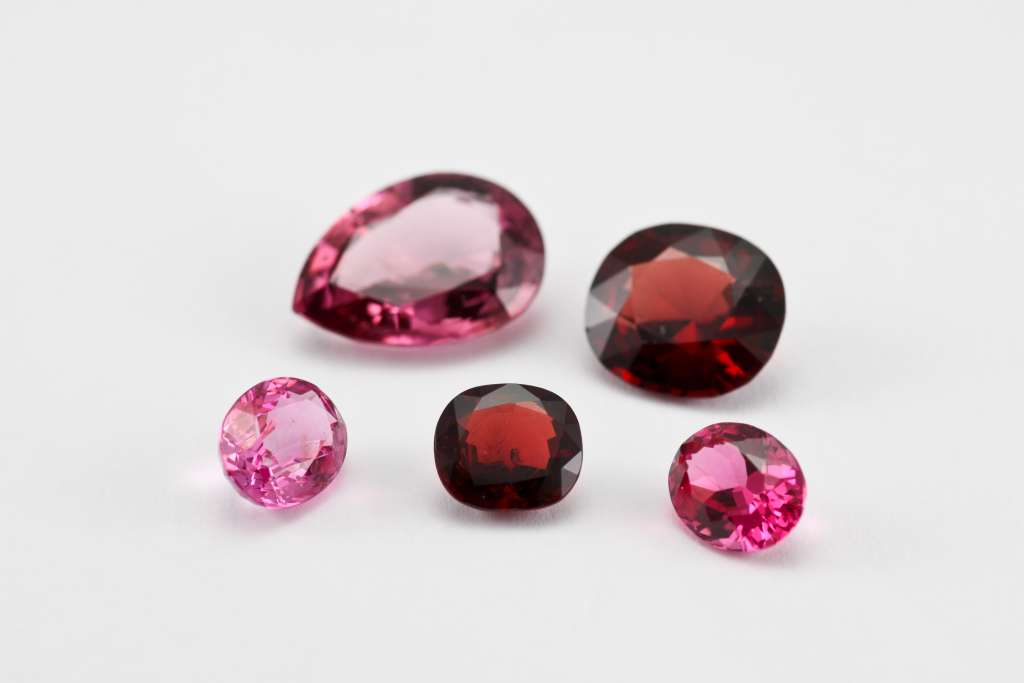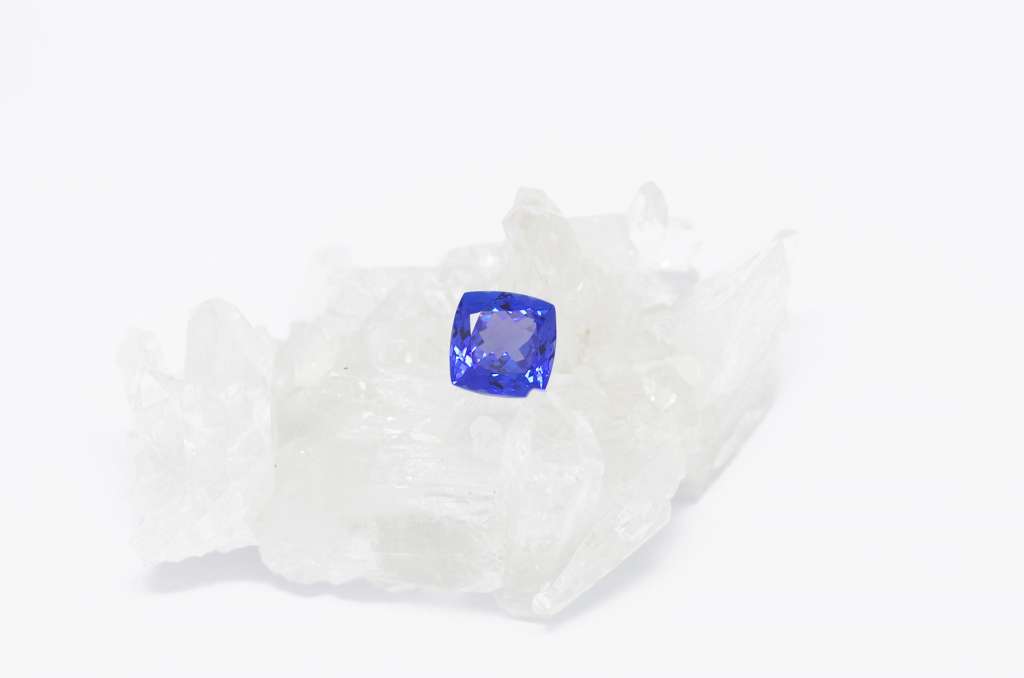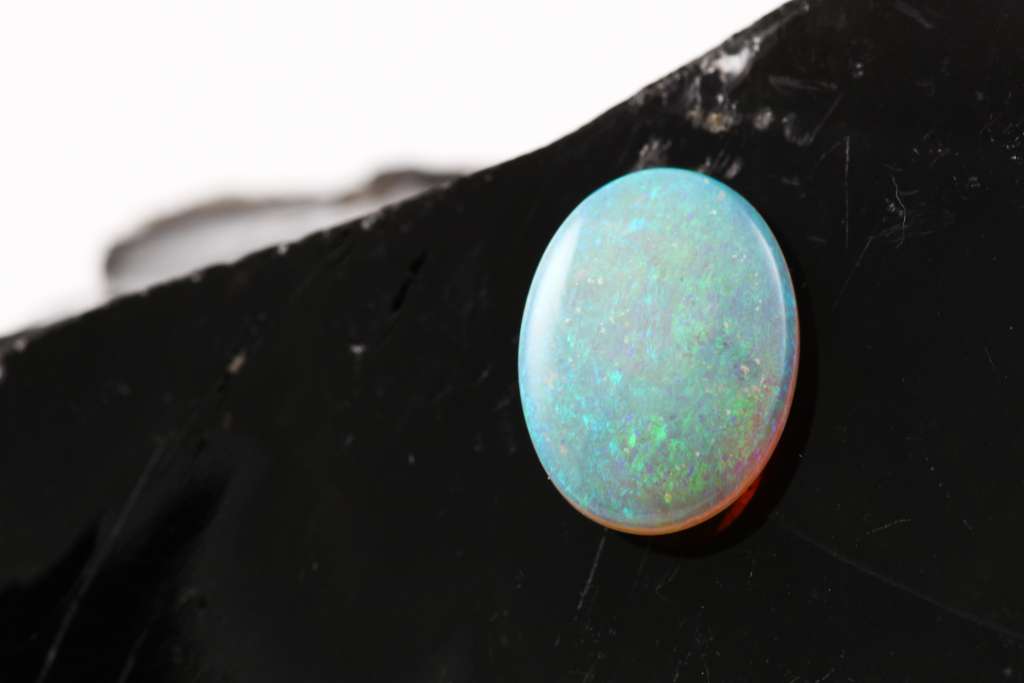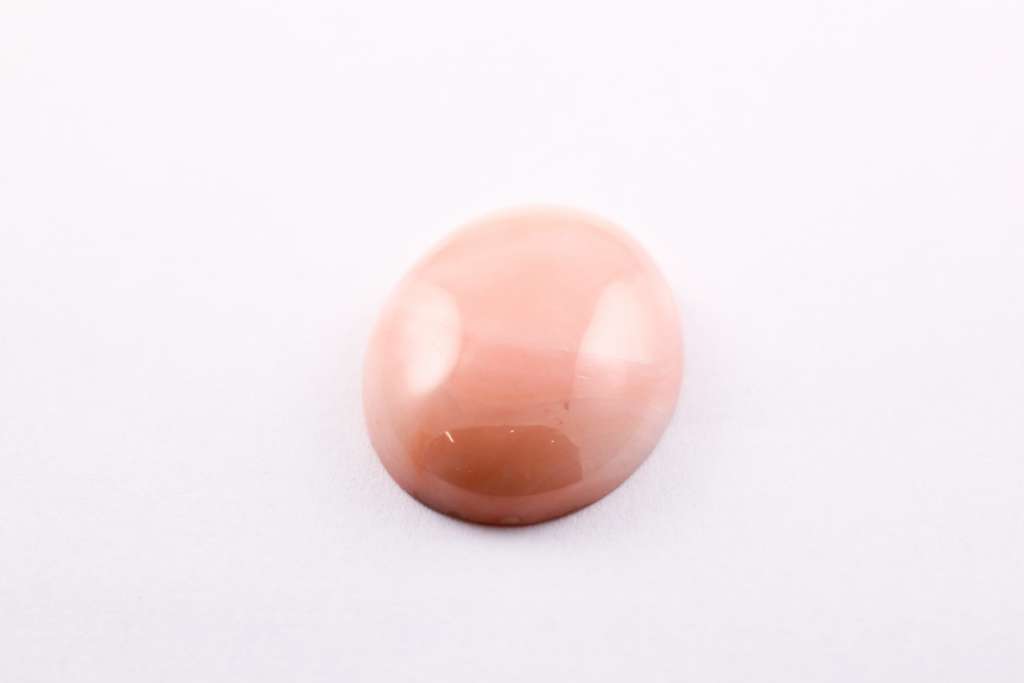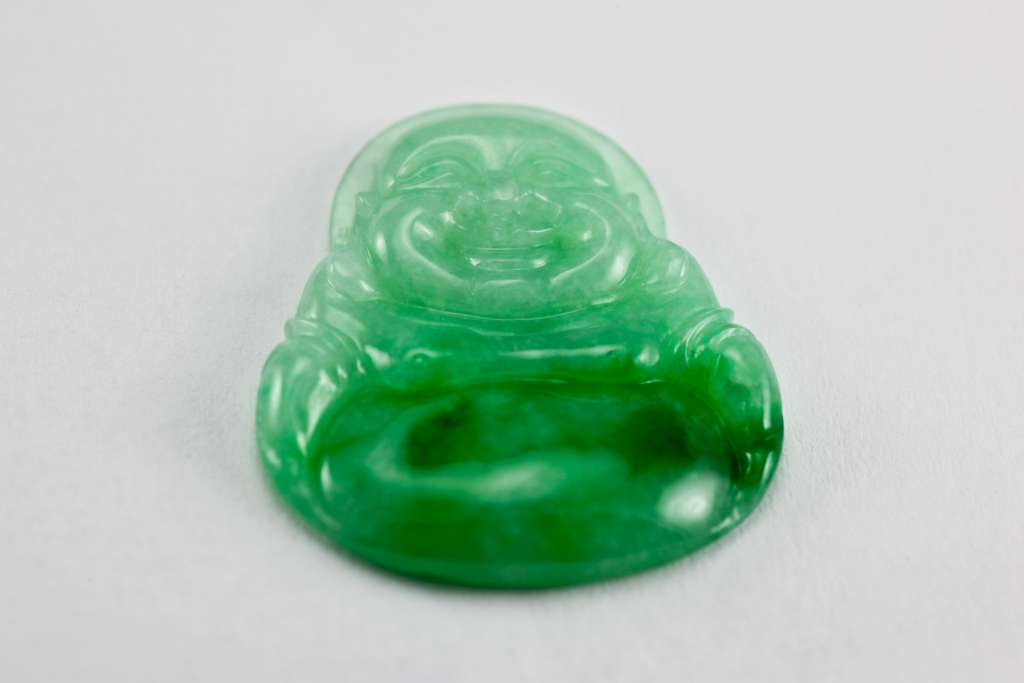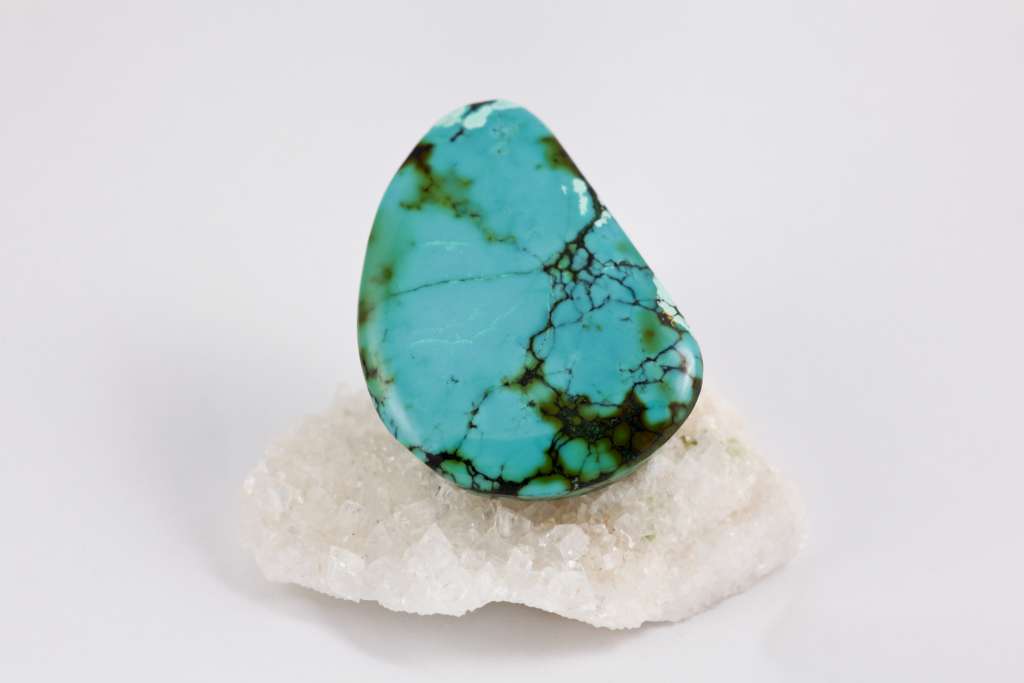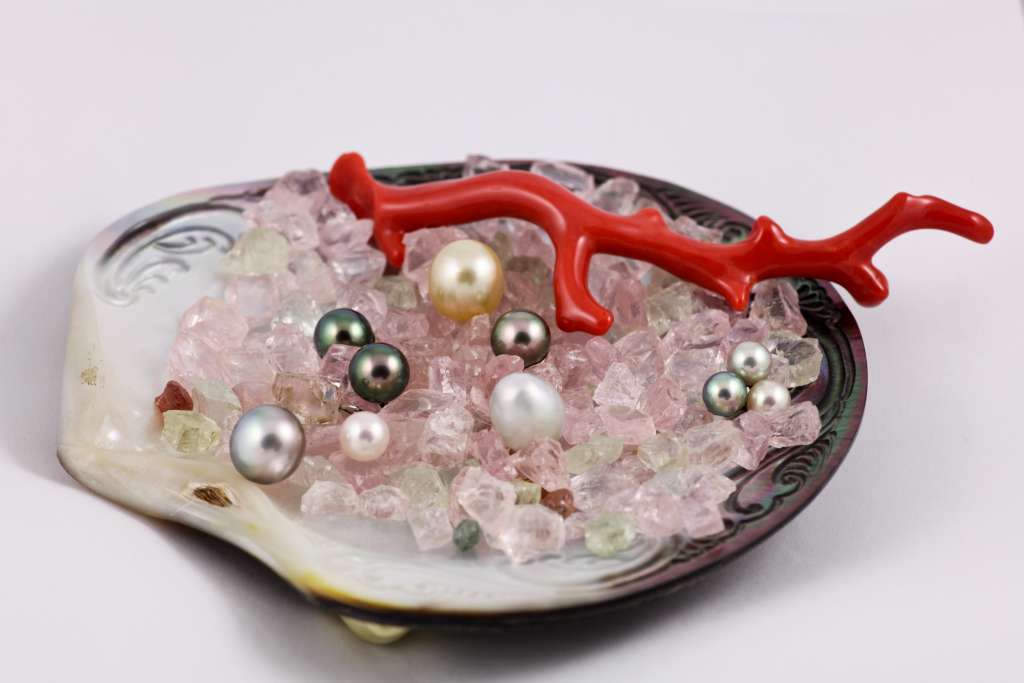He travels the world on the hunt for the rarest and finest specimens. Exceptional tones, atypical shapes, extraordinary weights… he selects unique gems directly from the mines and brings them back to the creative studio in Paris. This allows the stone hunters and jewelers Jacques and Charles Mazet to offer you some 30 families of gemstones on a permanent basis, a selection that is virtually one-of-a-kind in France.
These fine jewelry treasures fall into three categories. The four precious stones are well known: diamond, emerald, sapphire, and ruby. Their weight is appraised in carats (1 carat = 0.20 g). Fine stones, previously known as “semi-precious stones,” group together other translucent colored stones. Decorative, ornamental stones or hardstones are also colored, but their appearance is almost always opaque.
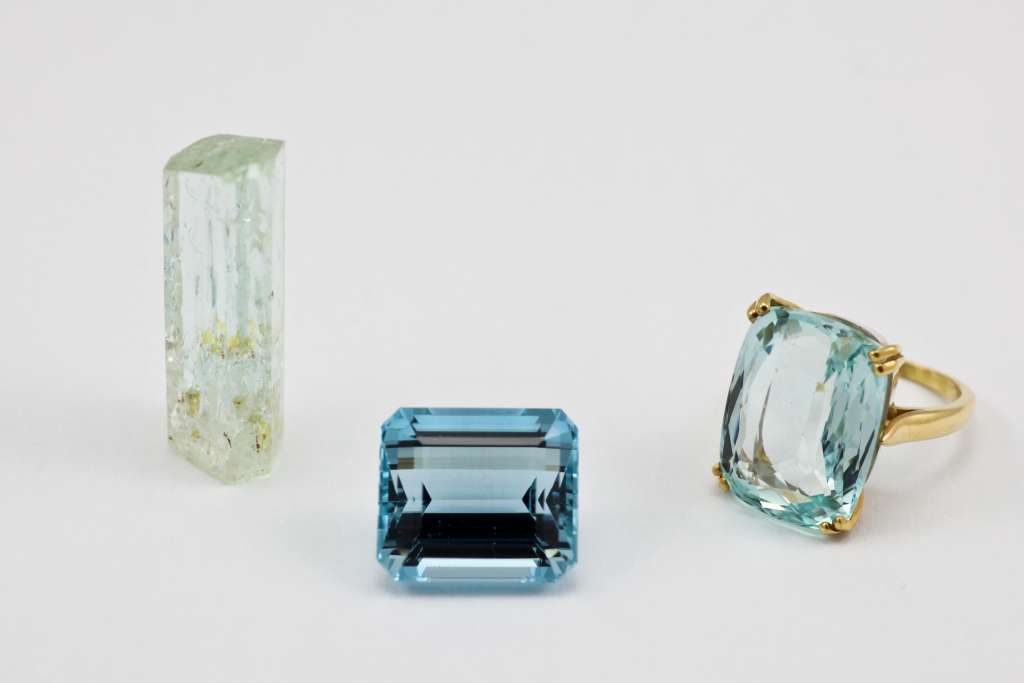
Aquamarine is renowned for its magnificent transparent blue color. Belonging to the beryl group, this fine stone owes its singular hue to the iron that it contains. Particularly prized in deep blue, it also …
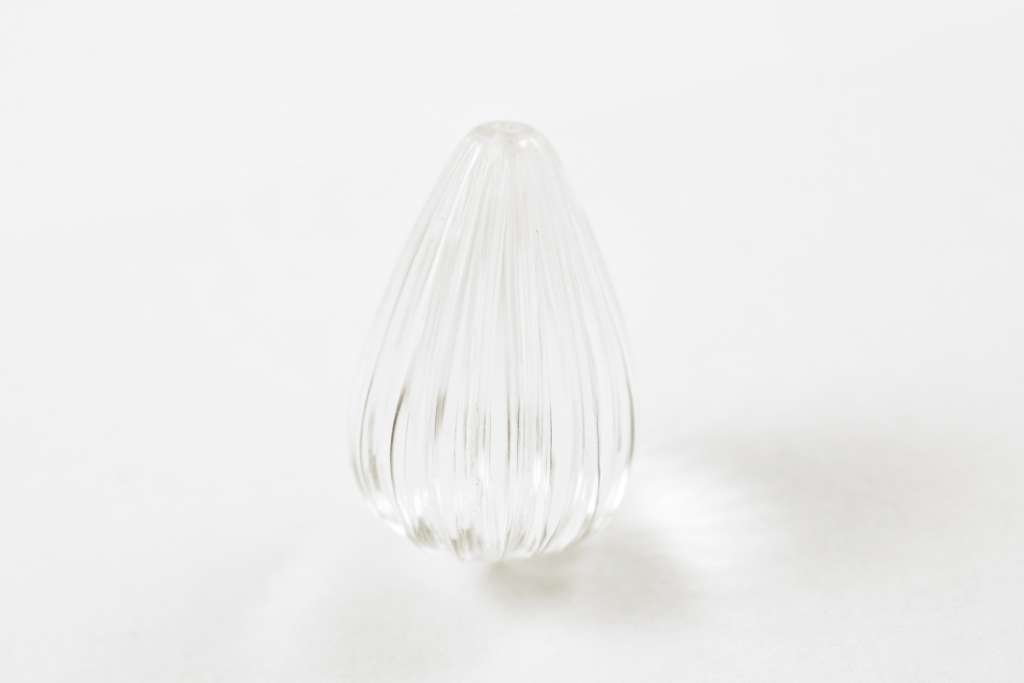
Rock crystal takes the form of colored, colorless or smoky crystals. A member of the quartz family, this fine stone comes both in magnificent blocks of natural quartz that can weigh several tons and in …
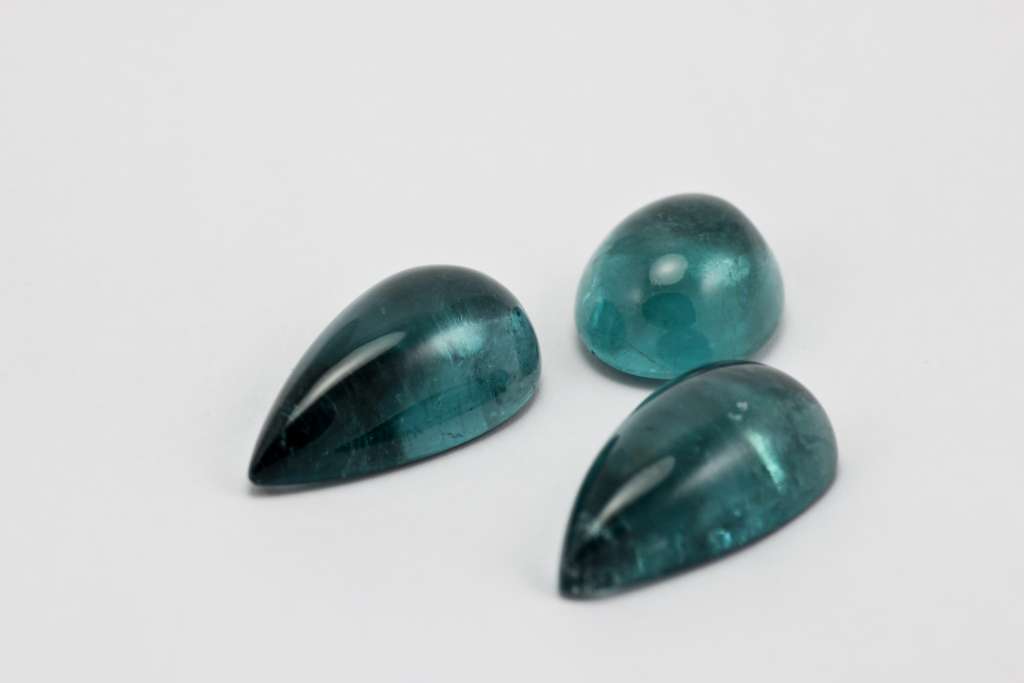
Tourmaline presents a multitude of colors. Red, yellow, blue, green, black or multicolored, this fine stone is highly prized in jewelry. Much sought-after, red tourmaline owes its color to lithium. It is …
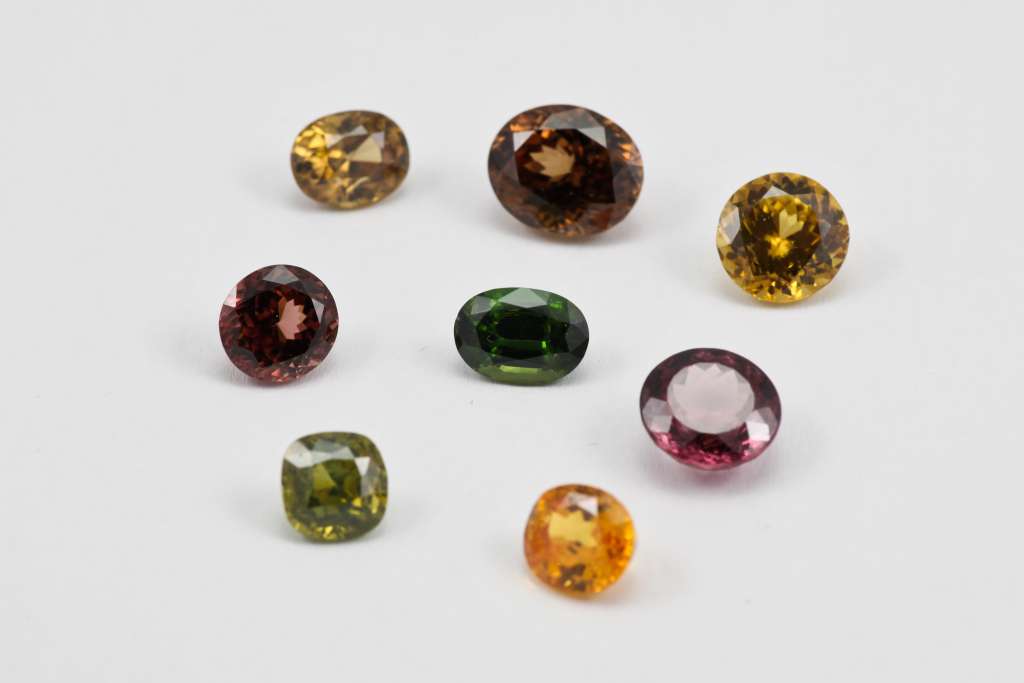
Zircon reveals a real range of colors. In yellow, brown, orange, red, green or violet, zircon is a natural gem. This fine stone is not related to the synthetic stone cubic zirconia. Much appreciated …
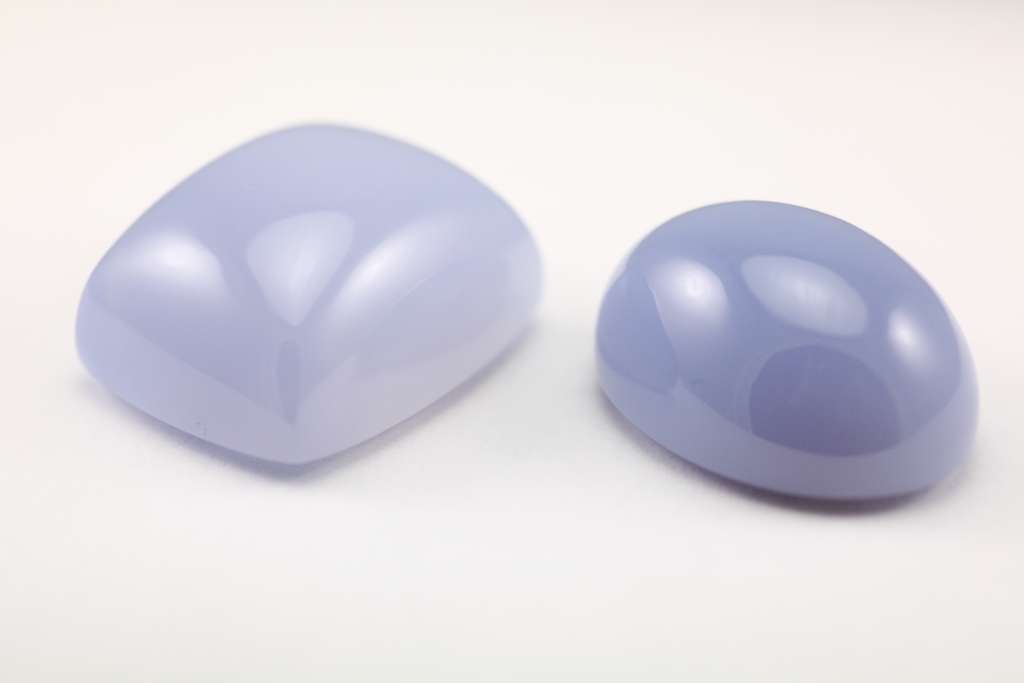
More than a stone, chalcedony encompasses non-translucent quartzes: agate, cornelian, jasper, onyx, etc. Common chalcedony is readily used in fine jewelry for its characteristic color ranging from …
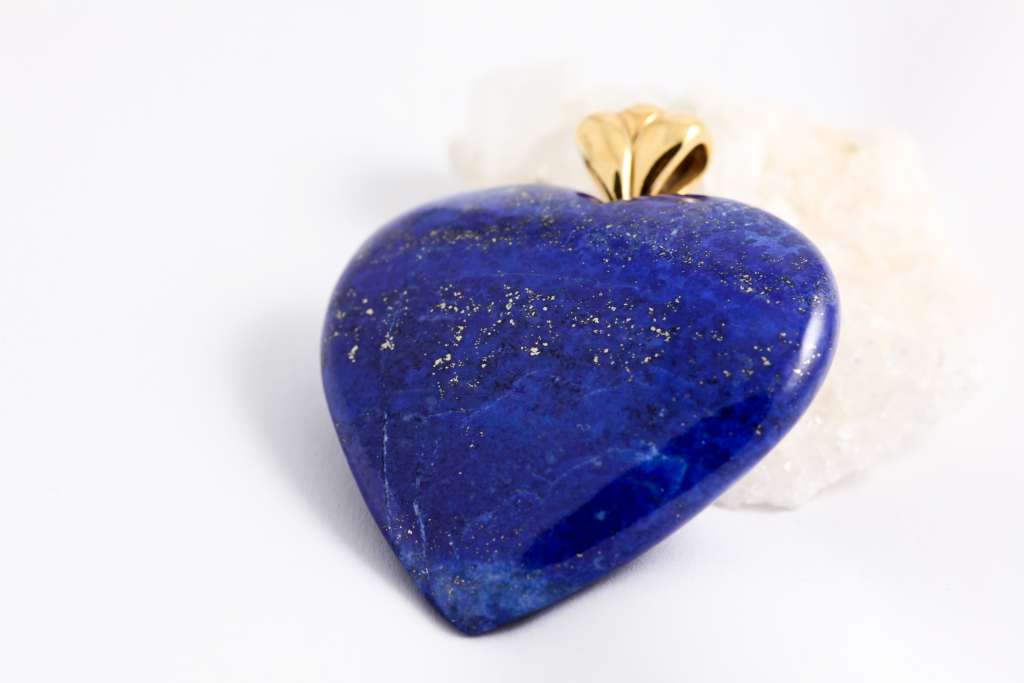
Indigo blue flecked with spots of gold: lapis lazuli’s color is unforgettable. The finest specimens of this ornamental stone display an intense ultramarine blue sprinkled with pyrite. Rich in history, lapis …


